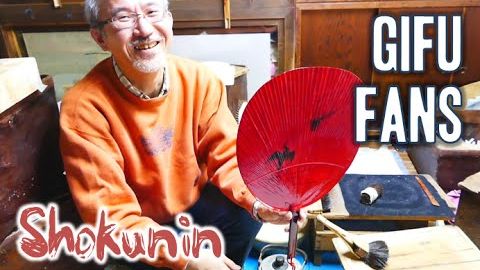
字幕と単語
Shokunin | Gifu Fans 職人シリーズ・岐阜うちわ (Shokunin | Gifu Fans 職人シリーズ・岐阜うちわ)
00
林宜悉 が 2021 年 01 月 14 日 に投稿保存
動画の中の単語
tough
US /tʌf/
・
UK /tʌf/
- adj.噛みにくい;骨の折れる : つらい : きつい;厳しい;(物が)丈夫な : 頑丈な;強い;話しづらい;暴力的な
- n.タフな人
- v.t.鍛える
- v.t./i.耐え抜く
A2 初級
もっと見る エネルギーを使用
すべての単語を解除
発音・解説・フィルター機能を解除
